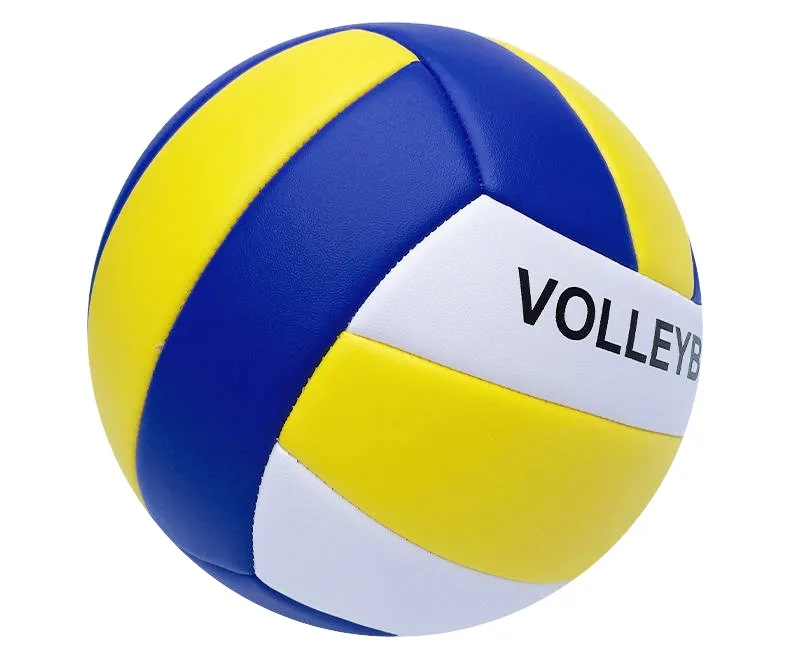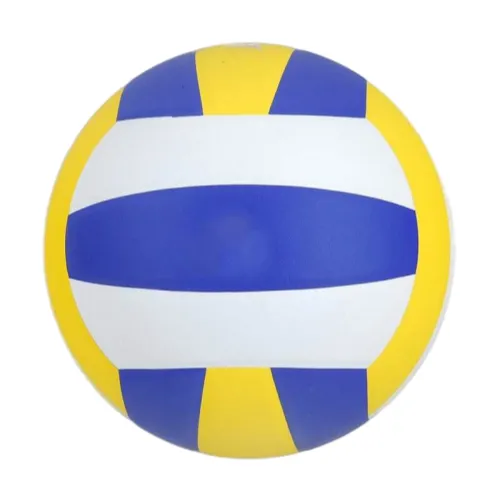Navigating the world of sports equipment, particularly soccer balls, requires a keen understanding of product specifics that cater to varying user needs. Among these, the size 4 soccer ball emerges as a crucial piece for those at the intermediate level of soccer, particularly for children aged 8 to 12. Understanding why this size matters, and what makes a quality ball, involves a closer look at both expertise in design and the practical experiences of those who use them.

Soccer is a sport that demands precision, control, and endurance. For young athletes, these skills are developed best with equipment that is appropriately sized. A size 4 soccer ball, with a circumference of 25 to 26 inches and a weight range typically between 350 to 390 grams, strikes a perfect balance for this developmental stage. Expert coaches consistently recommend this size because it aids in honing ball-handling skills without the added heft and girth of a size 5 ball, which is used in professional adult games.
The journey to finding the perfect size 4 soccer ball involves evaluating its construction, material, and durability. High-quality balls often boast a polyurethane or synthetic leather outer layer, which provides both a soft touch and enhanced longevity. These materials are typically favored over cheaper PVC counterparts, as they offer better simulation of a game ball’s handling and flight characteristics.

Furthermore, the internal structure of the ball is a testament to both expertise and authority in product engineering. The bladder inside the ball, often made of latex or butyl, plays a pivotal role in maintaining air retention and balance. A latex bladder delivers a softer feel and refined responsiveness, ideal for practice sessions that emphasize skill-building. Conversely, butyl offers superior air retention, reducing the frequency of reinflation and thus enhancing reliability during play.
size 4 soccer ball
Trust in a size 4 soccer ball also comes from the consistency of its build, which is where reputable brands gain authority. They ensure that each ball meets the standard weight and size specifications laid down by sporting organizations. Brands entrenched in the world of sports, like Adidas, Nike, and Puma, often provide these certifications, cementing their trustworthiness through years of demonstrable performance on the field.
Gaining experience with a size 4 soccer ball further bolsters its importance in youth sports. Coaches often attest to the improvements seen in young players as they practice with these balls, which not only fit their body size but also aid in enhancing their confidence with each well-executed pass or goal. The learning curve becomes less steep when the equipment aligns with their physical capabilities.
Moreover, in discussing the size 4 soccer ball, one must also consider the aesthetics and motivational aspect. Many top-tier balls are designed with bright, visually appealing patterns that not only make the game more engaging but also help young players track the ball's movement across the pitch easily. This element is significant in maintaining young players' interest and enjoyment in soccer,
fostering a long-term love for the sport.
Ultimately, the size 4 soccer ball is more than just an intermediary between beginner and professional levels; it is a critical tool for developing potential and passion in youth soccer. Choosing the right ball can provide young athletes with a foundation for building essential skills, confidence, and a lifelong engagement with the sport. For parents, coaches, and young players aiming to invest wisely in sports equipment, understanding these dynamics—backed by expertise and reinforced through experience—ensures a beneficial sporting journey.













